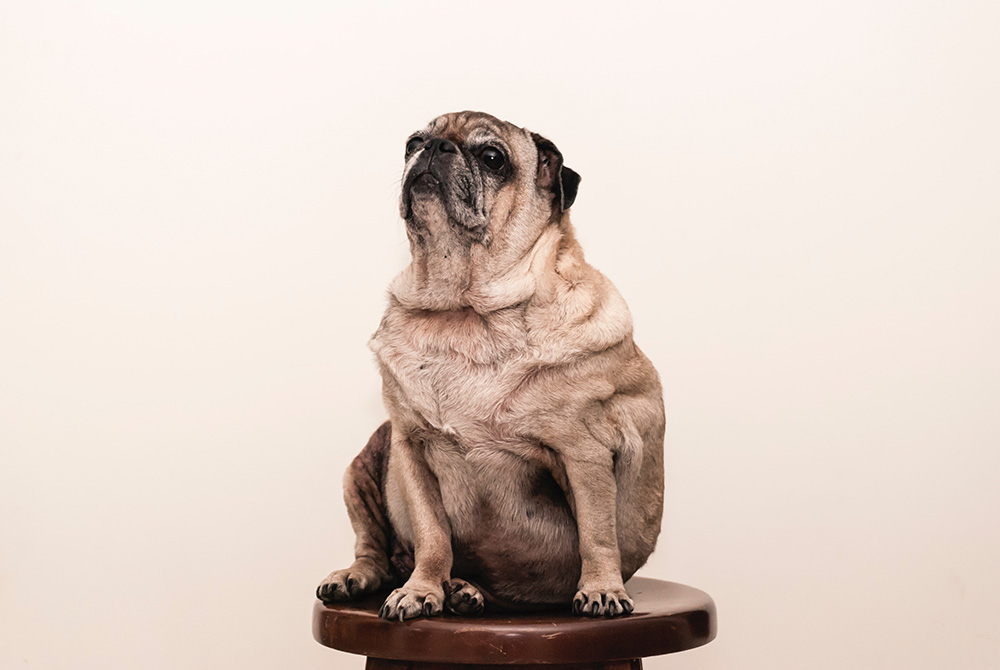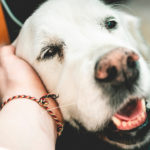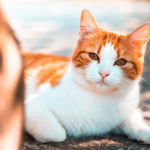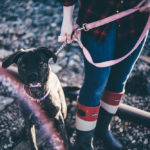Every day at work, we see pets that are overweight. It is certainly seems a lot more common than it was 10 years ago. It is probably an unwanted ‘side effect’ of including our beloved pets in our family circle more than we used to do as a society. Now, I think it is great that our pets get to spend more time with us and are considered an important member of the family. No longer is it regarded as ‘the norm’ to leave them outside languishing with boredom in the backyard. However, it is just as important that we don’t love them to death (literally!!) by overfeeding them. The health risks for an animal who is overweight are huge: they are more likely to suffer from diabetes, heart disease, arthritic pain, pancreatitis, and liver and kidney problems, to name but a few health issues.
This seems to be a worldwide problem. There is now even an obesity clinic for pets in the UK. You can check out their website www.pet-slimmers.com for some tips on weight loss for your pet. (The mini dachshund on the homepage looks just like mine- except he has a bigger waist line in the ‘before’ picture!) We haven’t got to the stage where we need our own obesity clinic for pets in Australia and I hope we never do, but there are steps we can take to help our pets stay within their healthy weight range:
- Rather than pouring an approximate amount of food into the bowl each day, measure out how much you should give your pet and give only that amount.
Keep food scraps to an absolute minimum. Ideally we should avoid giving scraps to our pets, because they are usually fairly unhealthy, but if you really must, then give them very occasionally instead of the normal meal – not as well! - Exercise your pet on a daily basis. I’m not just talking about dogs here! Cats should be played with and encouraged to run around chasing objects. You can also place food bowls up high so your cat has to jump up to reach it. This also helps keep your dog from sneaking in to get the cat’s food! Treat balls can also be used to place your pet’s dry food in so that they have to exercise to get it out. Dogs need to be taken for a brisk daily walk- try for at least 20 minutes even if you are time poor but at least 30 minutes is even better. Daily exercise is better than one or two longer walks a week,though they are good as well. Play time with your dog can also be great way to burn some calories.
(As an aside, the fantastic ‘side effect’ of exercise and play is that it also creates a pet who is mentally stimulated and better bonded with its family- and that can only be a good thing! But that is the subject of a future blog…..) - Don’t look at your pet with rose-coloured glasses! Does it really have a waistline and tuck in behind the ribs, or is it starting to lose that definition and even be developing a bit of a bulge in the tummy region?! There are some good shape charts on the website listed above to see where your pet should be at.
Ignore those pleading eyes! Or, in the case of cats, that persistent meow!! I have owned animals that do not have a ‘full button’ and it can get very wearing resisting their pleas for more food. Eventually, they do give up but it can take a while! Often, our pets have got us very well trained to do exactly what they command- to give that piece of toast or top up the food bowl! Sometimes, distracting them with a game can help.
The above tips are not exhaustive but I find them useful for my own pets and have had good feedback from clients who have used them. There are a number of well- balanced but lower calorie foods available to help you as well. If you want further advice, then come in and weigh your pet at any time and one of our staff will help you sort out which food is best for your pet and how much you should be feeding it. We can even chart your pet’s progress! Your pet may not thank you but there is a good chance they will be around longer to enjoy your company…..now that’s food for thought!!






